Editors’ Picks




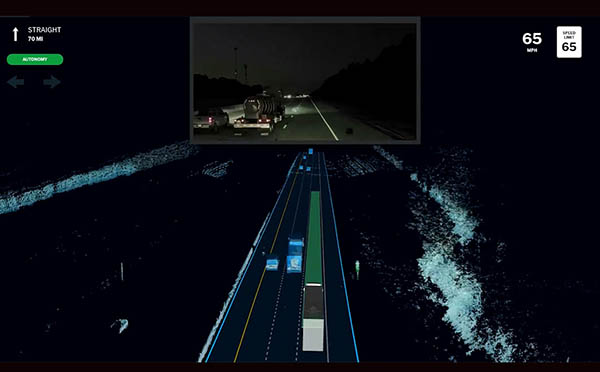
Found in Robotics News & Content, with a score of 8.54
…of an object. Key to the process is a neural network that models the processing of the camera pipeline. It couples this with a differentiable image renderer to enable “inverse rendering,” which computes the 3D scene and materials that would produce an image identical to the input photo. With its Virtual Testing Suite, Aurora runs millions of simulations every day. The company said this allows it to train the Aurora Driver’s software stack across a vast range of scenarios and driving conditions to find edge cases and catch errors early, well before the software is loaded onto vehicles. Ultimately, simulation…
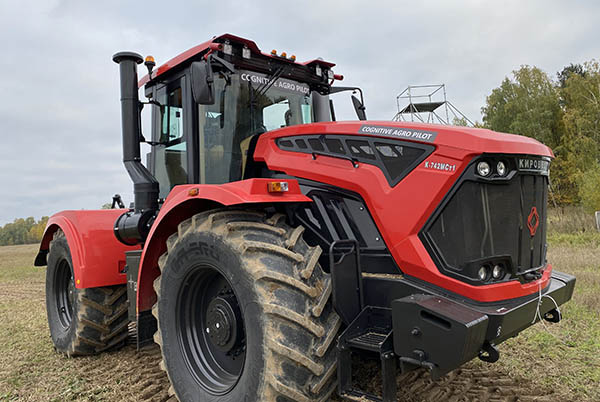
Found in Robotics News & Content, with a score of 7.85
…said Cognitive Pilot. By using a deep learning convolutional neural network fine-tuned for agronomic purposes, it can understand the types and positions of objects facing the machinery, build movement trajectories, and send commands to perform maneuvers. From June to October 2020, over 350 New Holland, John Deere and Claas autonomous combines equipped with the Cognitive Agro Pilot system harvested 590,000 metric tons of grain crops from over 130,000 hectares (321,000 acres). Some 130,000 metric tons of row and roll crops were harvested from over 30,000 hectares (74,100 acres) in various regions across Russia, added Cognitive Pilot. The system can shorten…
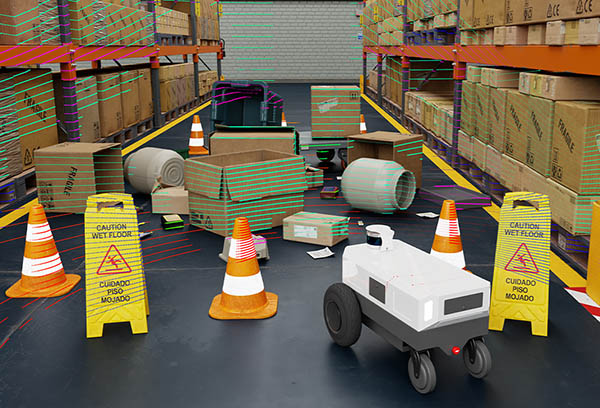
Found in Robotics News & Content, with a score of 10.25
…Calif.-based company also noted that all NVIDIA inference deep neural networks (DNNs) will be available on NVIDIA GPU Cloud (NGC) as a ROS package with examples for image segmentation and pose estimation. In addition, the New Synthetic Data Generation (SDG) workflow will allow NVIDIA Isaac Sim users to create production-quality datasets at scale for vision AI training. The company claimed that Isaac Sim on Omniverse, with out-of-the box support for ROS, is the most developer-friendly release to date. Isaac ROS GEMs offer optimized performance Isaac ROS GEMs provide packages that encompass image processing and computer vision, including DNN-based algorithms highly…
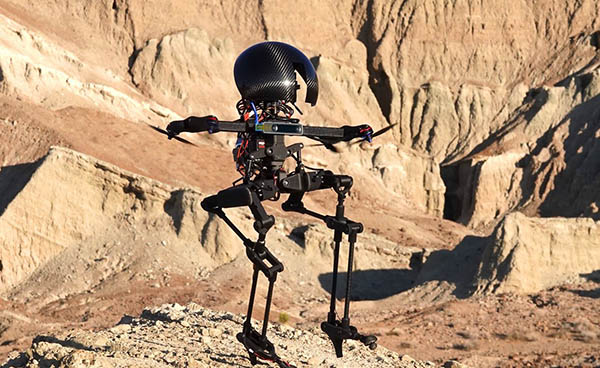
Found in Robotics News & Content, with a score of 11.19
…a newly developed drone landing-control algorithm that utilizes deep neural networks. With a better understanding of the environment, LEO could make its own decisions about the best combination of walking, flying, or hybrid motion based on what is safest and what uses the least amount of energy. “Right now, LEO uses propellers to balance during walking, which means it uses energy fairly inefficiently,” said Lupu, who will continue working on LEO throughout her Ph.D. program. “We are planning to improve the leg design to make LEO walk and balance with minimal aid of propellers.” In the real world, the technology…
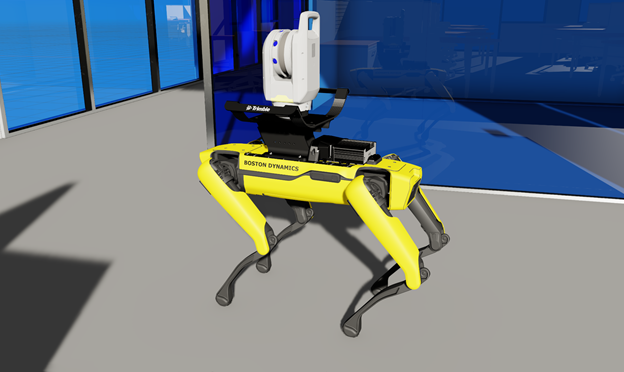
Found in Robotics News & Content, with a score of 8.02
…is to enhance ML model training by exposing the neural network to a wide variety of domain parameters in simulation. This helps the model to generalize well when it encounters real world scenarios. In effect, this technique helps teach models what to ignore. Randomizable parameters in NVIDIA Isaac Sim: Color Movement Scale Light Texture Material Mesh Visibility Rotation Train the ML models using NVIDIA TAO Toolkit Below are pretrained models and proprietary data (real or synthetic) as inputs and a customized model as the output. Functional block diagram of TAO Toolkit. Source: NVIDIA The image below shows that the simulator…
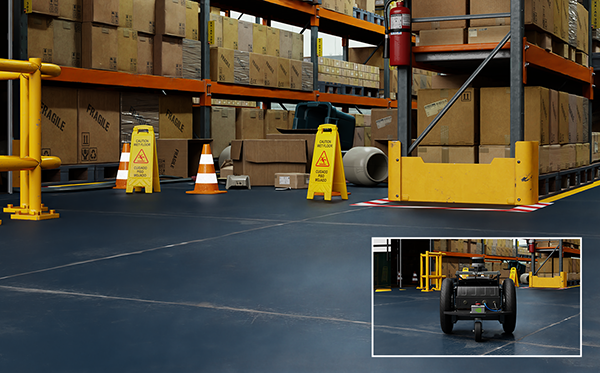
Found in Robotics News & Content, with a score of 9.20
…image processing and on perception models based on deep neural networks (DNNs). These packages can reduce the load on the host CPU while providing significant performance gain, said NVIDIA. “DNN models can be used as a plug-in to develop robots,” said Gopalakrishna. “Developers could take domain-specific data for, say, a hospital, a warehouse, or a store. They could deploy a diverse set of models in real time.” The new Isaac GEMs for ROS include: SGM stereo disparity and point cloud Color space conversation and lens distortion correction AprilTags detection “We now have over 850,000 developers on Jetson, whihch has become…
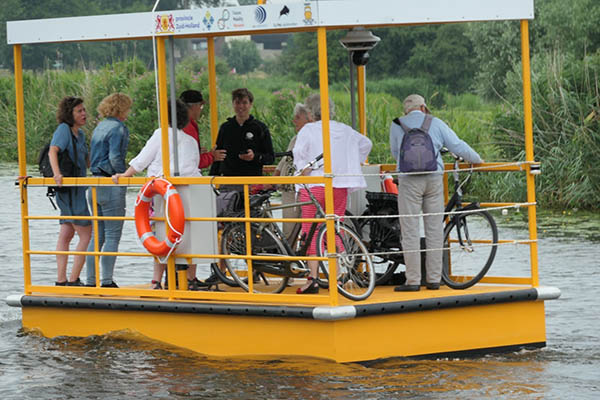
Found in Robotics News & Content, with a score of 16.13
…Automation in East Amherst, N.Y., and the Future Mobility Network in Delft, the Netherlands, this week said they have launched Europe's first fully autonomous robotic taxicab service. The partners said the launch opens the door for cities across the EU to adopt this environmentally friendly alternative form of transportation. The robotaxi is an autonomous electric ferry that is solar-powered and can be hailed with a ridesharing app. Buffalo Automation noted that it has been commercially deployed, carrying passengers in dense European traffic. The ferry service dubbed “Vaar met Ferry,” is subsidized by the Dutch provincial government and will be cost-free…
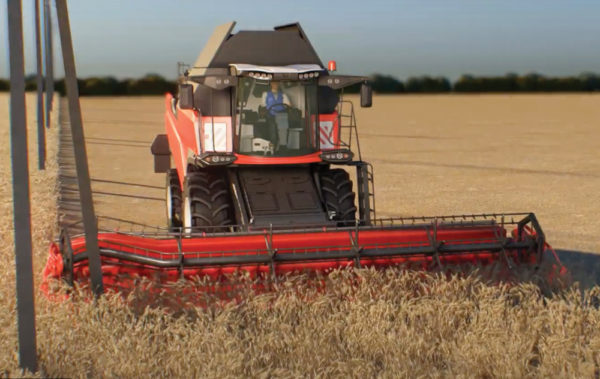
Found in Robotics News & Content, with a score of 6.48
…Emelyanov. “The first is a video camera. An artificial neural network with some post-processing algorithms builds up a dynamic picture of the general surroundings, providing a trajectory for vehicle motion.” “We also focus on radar because of several challenges,” he said. “There's quite a debate over lidar versus radar, but agricultural machinery operates in harsh conditions, with dust, hay, and earth. They could significantly decrease visibility.” “Another challenge is the changing landscape,” Emelyanov added. “To understand highlands and evaluate the geometry of the path quite precisely, it's necessary to provide distances with a high grade of reliability at twilight or…
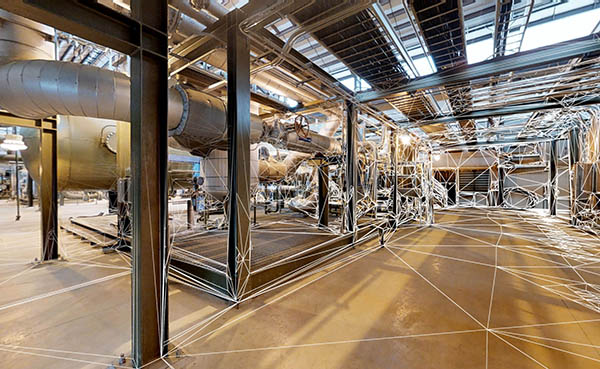
Found in Robotics News & Content, with a score of 9.32
…data platform, powered by the Cortex AI deep learning neural network, can transform any physical space into a dimensionally accurate and photorealistic digital twin. More than 330,000 subscribers in over 150 countries have captured data on over 5 million spaces to better access, manage, and understand spaces, from a single property to a global portfolio of buildings. Matterport said it hosts the largest spatial data library in the world, including more than 10 billion sq. ft. of space and digital twins of all shapes and sizes. The company claimed that its 3D digital twins can improve every part of the…
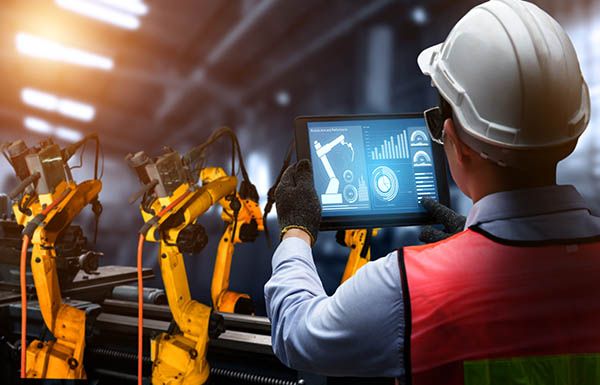
Found in Robotics News & Content, with a score of 28.39
…through energy-efficient motion planning (EEMP). Novel motion-planning techniques like neural networks or machine learning (ML) offer to significantly streamline the creation of motion-control algorithms. These new algorithms could be essential in operating factory robots safely and efficiently. AI for robotics motion planning Creating an effective motion-planning algorithm can be extremely complex, and to date, no one has arrived at one single answer to the problem. The rise of human-robot interactions can create additional problems for motion planning algorithms. For the growing number of collaborative robots to be safe, they need to take paths that won’t pose a risk to nearby…

Found in Robotics News & Content, with a score of 19.37
…as images or grasp points for training the artificial neural network. Only pieces of stored knowledge—the local weights of the neural network that tell how strongly one neuron is connected to another—are transferred to a central server. “There, the weights from all stations are collected and optimized using various criteria,” Auberle said. “Then the improved version is played back to the local stations, and the process repeats.” The goal is to develop new, more powerful algorithms for the robust use of AI for Logistics and Industry 4.0 while complying with data-protection guidelines. “In the FLAIROP research project, we are developing…

Found in Robotics News & Content, with a score of 9.13
…said the company. It claimed that AMP Neuron's artificial neural network “has created the largest known real-world dataset of recyclable materials for machine learning.” With the power of this data, AMP said it has achieved two milestones: The company can now classify more than 100 different categories and characteristics of recyclables across single-stream recycling, e-scrap, and construction and demolition debris. AMP has extended its object-recognition run rate to more than 10 billion items annually. This combination of scalable accuracy and classification creates a step-level solution for data collection and measurement that materials recovery facilities can use to optimize their operations.…



